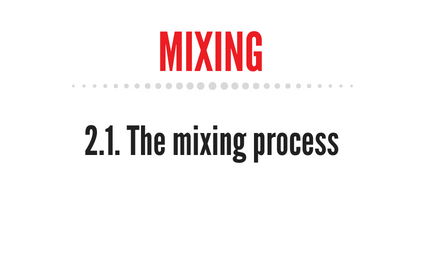The mixing process

The mixer plays a vital role in the feed production process, with efficient mixing being the key to good feed production. In fact, only then the assortment of ingredients (formula) will create the best results and uniformity of the feed pellets is secured.
Prior to the mixing process, the feed ingredients have been weighed and ground and the vitamins and minerals have been added to the feed compound.
Basically, mixing (or homogenising) means to transport the individual particles to an exact position in relation to other particles and thereby avoid segregation.
It’s very important to have all the ingredient mixed together properly to achieve a good feed pellet quality. In fact, only the perfect mixing of the feed ingredients will ensure uniform distribution of nutrients, vitamins and minerals, which will result in a homogeneous nutrient content in each feed pellet. Further, it will ensure the optimum growth of the animals.
The objective of feed mixing is to start with a certain assortment of ingredients called a formula, totalling some definite weight. This is processed so that each small unit of the whole, either a mouthful or a day's feeding, is the same proportion as the original formula. Feed mixing may include all possible combinations of solids and liquids. Within each ingredient are differences in physical properties. For solids, there are differences in particle size, shape, density, electrostatic charge, coefficient of friction as represented by the angle of repose, elasticity or resilience and colour, odour, and taste. For liquids, there are differences in viscosity and density.
Comments
Nutrition
New comment